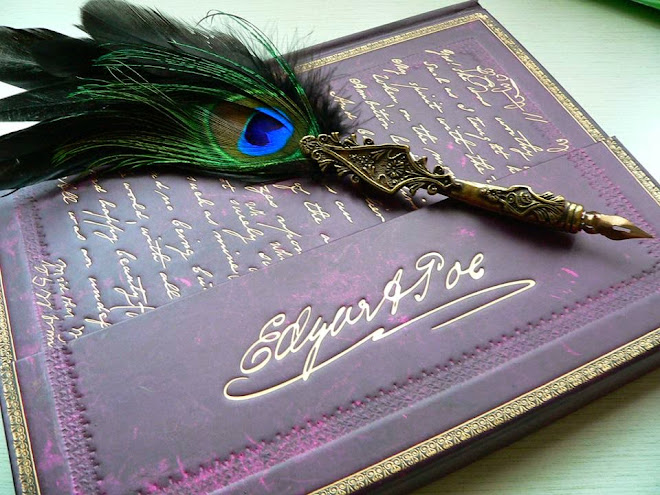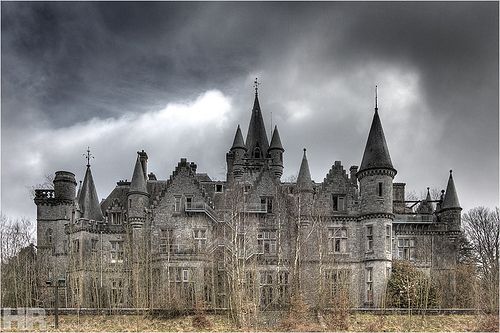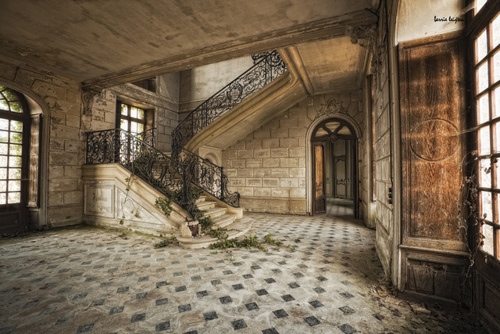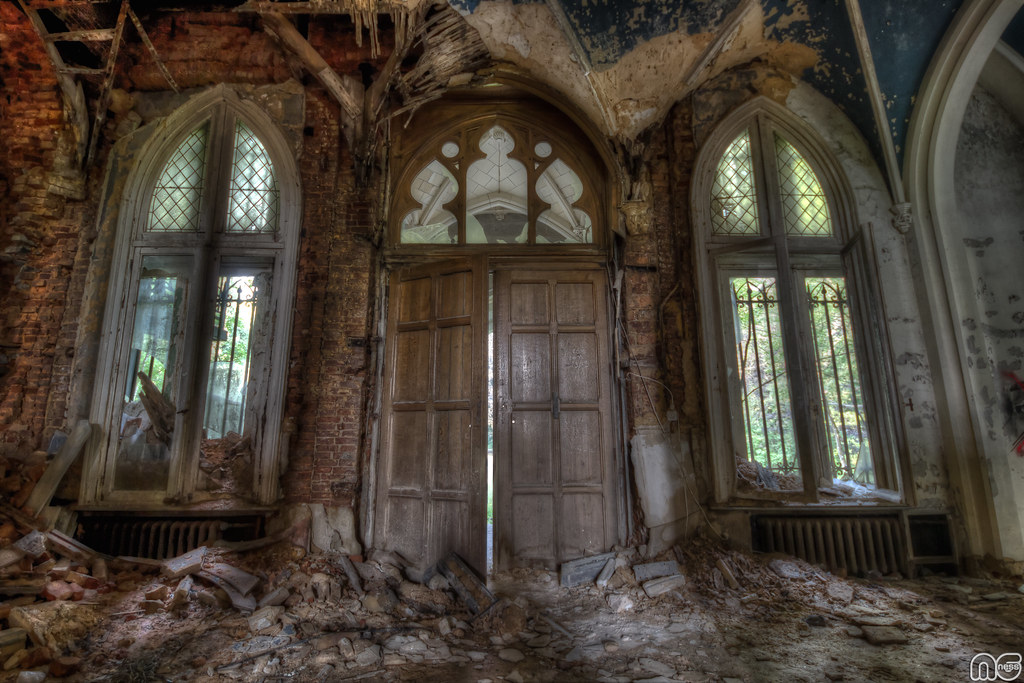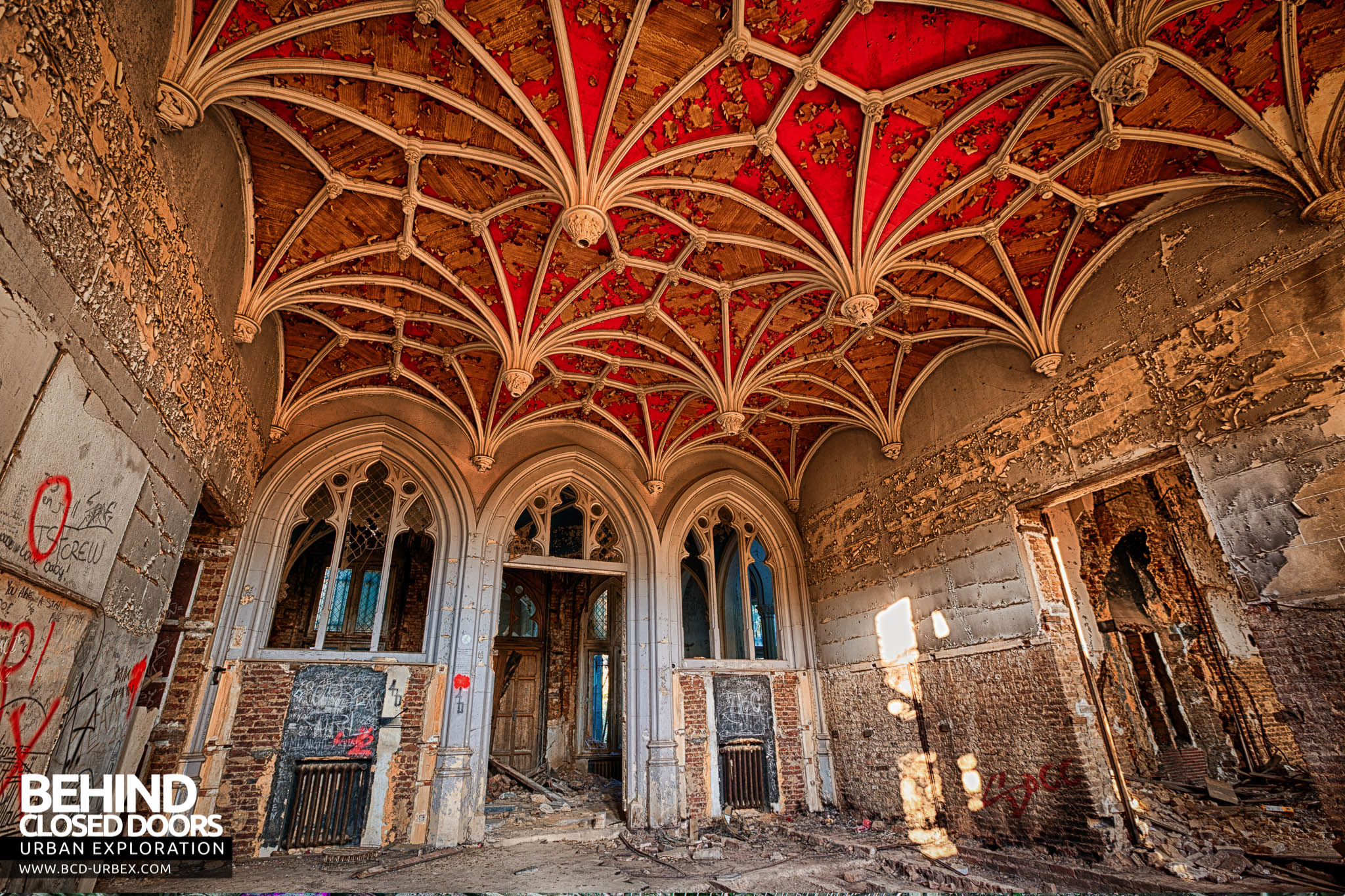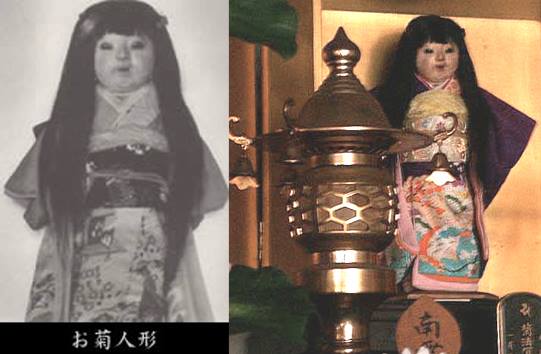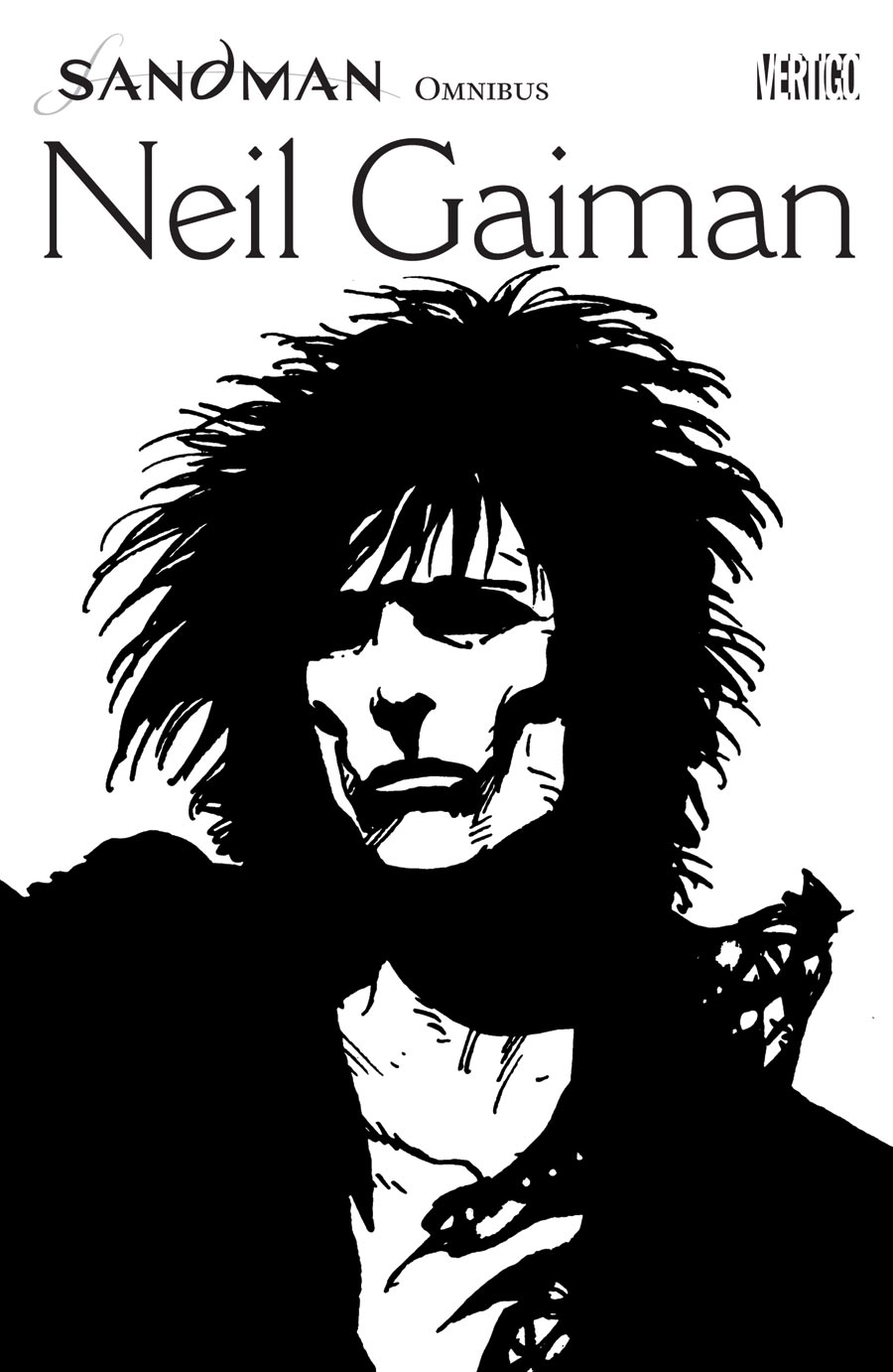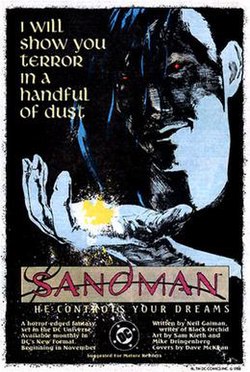Gothic Divine Magazine is proud to present you Tiffany Apan, a young American emerging artist involved in music projects, movies and who is also debutting as writer with a book series called "The Birthrite" . Find out more about her by reading the interview below.
You are a musician/singer/songwriter, actress, producer, and writer of dark fiction, a 360 degrees artist! Which of these creative jobs did you start first?
Ha! Thanks. :) It's actually hard to say, as I think I've always done a little bit of everything depending on my mood. The first artistic endeavor I recall doing was dance (my mom enrolled me in dance when I was three), but I always did things like sing, draw, and write on my own time. My grandparents also taught me alot in regards to music as I grew up. I've also always written, and even wrote a poem about a Viking sea adventure in my fifth grade English class when everyone else was writing about their families and pets.
Voice (singing) and theater were my first real focuses, though.
Why did you choose "dark" as genre for your works?
When I was seven, I was corrupted by the Scary Stories to Tell in the Dark Trilogy and the works of Washington Irving. But also on a serious note, I think I can say it's always been what has spoken to me the most, plus I find it to be the most realistic as it normally shows both the light and dark sides of life. Life is both light and dark, and most everything has both in it. It is always interesting tapping into human fear and the unkown, as well as tackling the whole "what if" that comes with it. While I'm not saying that I'll ONLY stick with "the dark side" in my works, I do find it to have alot more possibilities than just writing "a nice little book" does. At least for me.
In the biography in your website www.tiffanyapan.com I read that you have been referred to as "the artsy kid in black" for some time. What's the reason behind this name that you were given?
Ah, that was more of a figure of speech for my bio. But I have worn mostly black and/or dark colors for quite some time, and I've been creative for as long as I can recall. So if anyone ever really did call me that, it wouldn't be too big of a shock and would likely be quite fitting. Actually, I do remember being called 'artsy' quite a bit. :)
In reference to your music career. How long have you been singing? Which are your favourite bands and genre? Do you play other instruments beside your voice?
Well, if you count performing in talent shows and the like, I've been doing that since I was about five. As far as being professionally trained though, that began when I was eleven or twelve.
My favorite bands and genres span pretty widely. I love music from all eras, from the days of composers like Mozart and Strauss (with whom I also share a birthday), to Celtic, to the old jazz of the 1920s and 30s to 1970s Progressive to 1980s New Wave and Metal up to modern day underground. As far as specific musical acts go, you can find the likes of Loreena McKennit, Pink Floyd, Led Zeppelin, The Cure, Depeche Mode, Hank Williams, Black Tape for a Blue Girl, Tori Amos, Vangelis, Rush, and alot of "underground" and independently produced acts (some of my faves reside on the Projekt and Cleopatra record labels).
As far as instruments go, vocals are primary, but I also play the keyboard/piano. I can play a little guitar, but I don't think I'm ready to go live with that.
You are currently working on a book series called "The Birthrite" which will be available sometime this year. Please tell us something more about this.
Absolutely. It is a series of novels (with a couple spin-off novellas) that will be released starting this summer. It is gothic horror with some dark fantasy and romance elements. The series synopsis is as follows:
Visions of infant twin boys, clouds, a young woman taking her own life, and a collision of space, time, and realms...
On the eve of Summer Solstice in 1844, four men in different areas of the world share an experience that ends up impacting not only their own lives, but those of the future generations.
Nicolae Ganoush, a young fugitive from a Romani slave village in Romania escapes into the night with his younger brother, and battles with inner demons and a murderous act that will haunt him until the end of his days.
Jonathan Blake is an eighteen-year-old Irishman living in the American Midwest. After meeting and falling in love with an American Native girl, his life with her will take a turn that begins to slowly unravel an ancient truth behind their lineages.
When James Livingston agrees to help sponsor an orphanage being built by his good friends, the Flemings, he views it as yet another project to enrich the new growing town of Plains, New York. But an experience he has in room 410 inside one of the buildings on the property will make him question everything he believes. And the troubles may be much closer to home than thought.
In Tuxpan, Mexico, twelve-year-old Hector de Fuentes discovered a mysterious cave hidden amongst a pocket of a large rock formation at the end of the coastline. Now at sixteen, it has become a place for him to think, read, and escape from the outside world. But Hector also has visions, seeing people and places that nobody else can. And being at the cave seems to enhance that ability…
The Birthrite Series is a journey into the vast unknown, and plunges deep into the darkest crevices of the mind, begging the question of what sanity really is and if the insane truly are. Are we really shown the whole truth of what surrounds us or is it an illusion? It also tells of deep-rooted love, planted centuries ago...
The first book, Descent, will be available in June with a novella titled Sacred Atonement to shortly follow. The time period in which Descent takes place is from the mid 1800s up into the early 1930s, and many time periods will be covered in this series (I am having alot of fun researching the different eras).
The full-length novels will be available in both ebook and paperback, but the spin-off novellas and shorts will strictly be ebook (at least for the time being).
If you could describe yourself in 3 words, which ones would you choose and why?
Creative, because my brain never seems to stop. Weird, just because I am and I see nothing wrong with fully embracing that. And I guess venturesome would be another, as I'm always looking to learn and try new things
As an actress, in which movies, which have already been made, would you have liked to star into?
Hmmm. I don't know if I can name anything specific, but I would love to do another period piece. A couple years ago, I acted in and narrated a film called Resolution: A Portrait of Amelia Earhart which was released back in 2012 and won third place in the Documentary category at the International Indie Gathering Film Festival (you can actually check it out at http://resolution-movie.com). The dramatic scenes that were interlaced with stock footage and narration were alot of fun to film and I love researching other eras (which is also why I'm having so much fun with writing The Birthrite Series). I would love to do something like that again.
Links:
Official Website:
http://tiffanyapan.com
Official Blog:
http://tiffanyapanwritingproject.blogspot.com
Twitter:
http://twitter.com/TIFFANYAPAN
Personal Facebook:
http://facebook.com/tiffany.apan
Facebook Artist Page:
http://facebook.com/tiffanyapanfanpage
YouTube Channel:
http://youtube.com/TiffanyApan
Tumblr:
http://tiffanyapan.tumblr.com
Pinterest:
http://pinterest.com/tiffanyapan
Google Plus:
http://plus.google.com/+TiffanyApan
Film Credits Available at IMDb .
Music Available at CDBaby, iTunes, Amazon, and other retailers.
Books available at Smashwords, Amazon, Barnes & Noble NOOK, and iTunes. Also add me at Goodreads.
Check out more on The Birthrite Series and Stories from Colony Drive.
(Photos Credits: Rowen Poole, Malcolm Gittins, and Karen Yun-Lutz)

